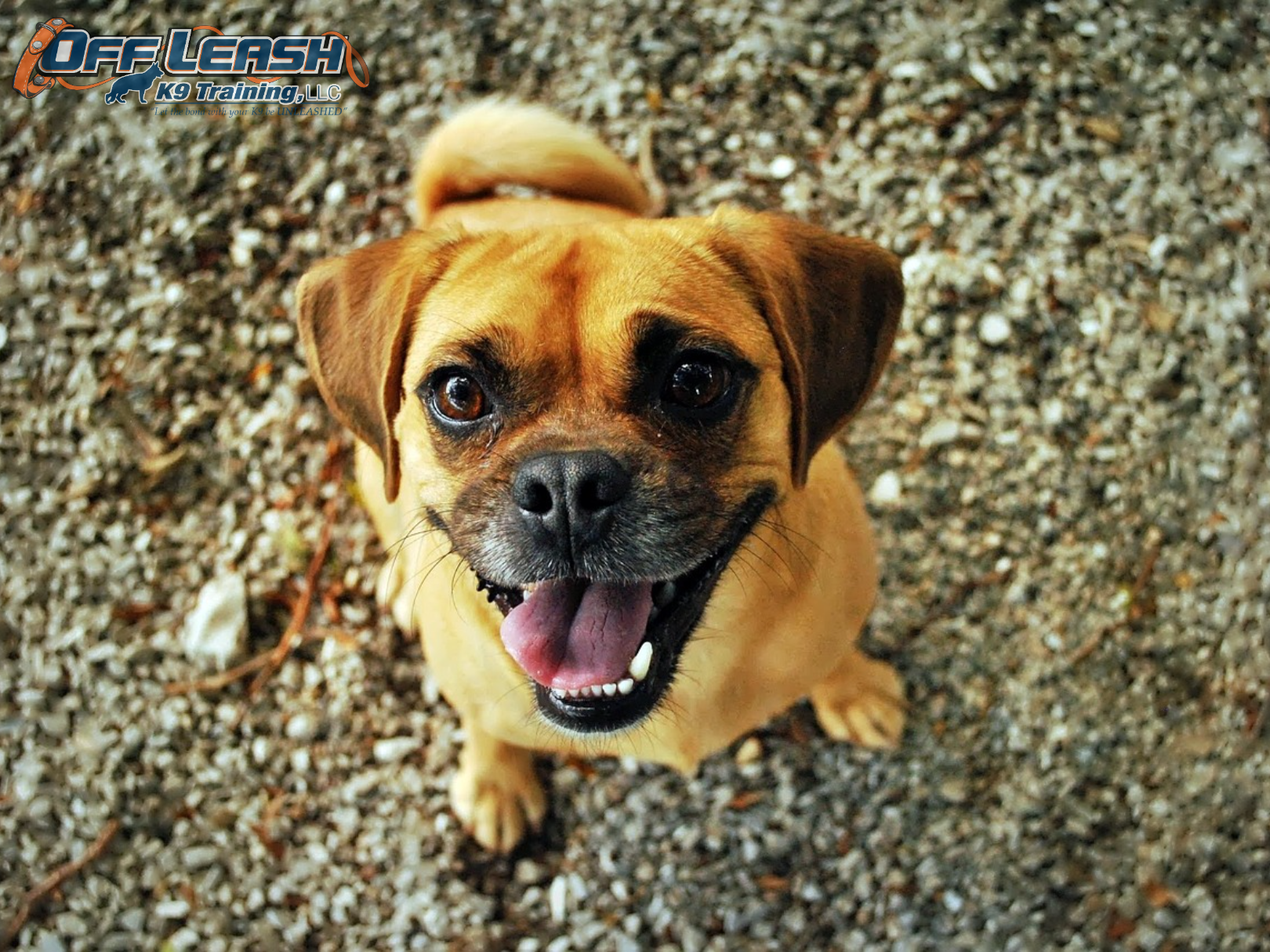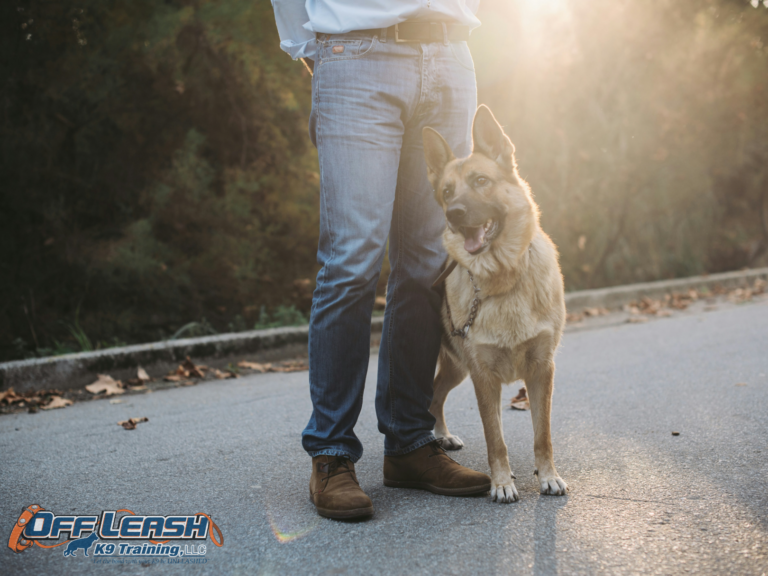Comparing Spaying Techniques: Faster Recovery and Fewer Complications
A comparison of laparoscopic spaying and traditional spaying, highlighting the benefits of laparoscopic spaying such as faster recovery time, reduced complications, and improved pain management.
Introduction to Laparoscopic and Traditional Spaying
The realm of veterinary medicine has witnessed substantial advancements, notably the introduction of laparoscopic spaying. This modern surgical approach, often referred to as keyhole surgery, is quickly becoming the preferred choice for many pet owners and veterinarians alike due to its significant benefits in terms of patient comfort and the speed of recovery. Unlike traditional spaying methods, laparoscopic spaying involves making small incisions, typically 2-3, each measuring about 0.5-1 cm. This method is less invasive, reducing the risk of infection and post-operative complications, thereby enhancing the overall well-being of pets during their recovery period.
On the other side of the spectrum lies traditional spaying, a time-honored veterinary procedure that entails the removal of both the ovaries and the uterus through a larger incision. This method, while effective, is more invasive and generally entails a longer recovery time for our furry companions. The larger incision required in traditional spaying increases the risk of complications such as infection, seromas, and post-operative pain, making the post-surgery period a more challenging time for pets and their owners. Given these considerations, it’s imperative for pet owners to be well-informed about the differences in recovery time, potential complications, and overall impact on their pets’ health and well-being when deciding between laparoscopic and traditional spaying methods.
Understanding Laparoscopic Spaying in Detail

Despite its many benefits, laparoscopic spaying does come with higher initial costs. This is largely due to the specialized equipment, such as the laparoscope and other instruments, required to perform the surgery, as well as the additional training veterinarians must undergo to master this technique. However, the investment in laparoscopic spaying can be worthwhile for pet owners, considering the reduced trauma, lower infection rates, and decreased bleeding it offers. These advantages contribute to a quicker and more comfortable recovery for pets, making laparoscopic spaying an appealing option for those looking for the best care for their animals. By choosing this modern spaying method, pet owners can ensure a smoother post-operative experience for their pets, laying the groundwork for a faster return to their normal, playful selves.
Benefits and Advantages of Laparoscopic Spaying
Laparoscopic spaying stands out for its minimal invasiveness, which translates into several key benefits for pets and their owners. The procedure involves making smaller incisions, which significantly reduces tissue trauma compared to traditional spaying methods. This approach not only leads to less scarring but also contributes to a quicker recovery process. Pets are often able to resume their normal activities much faster than they would after a traditional spay surgery. The reduced tissue trauma and smaller incisions also lower the likelihood of post-operative infections, making the recovery period smoother and safer for the pet.
Moreover, the advancements in surgical techniques used in laparoscopic spaying, such as the precise control afforded by specialized equipment, play a crucial role in minimizing the risk of bleeding during the procedure. This level of precision enhances the overall safety of the surgery and contributes to better outcomes for the pet. Additionally, studies have underscored the effectiveness of laparoscopic spaying in managing post-operative pain, highlighting that pets tend to experience less discomfort and quicker alleviation of pain compared to those undergoing traditional spaying. This aspect of laparoscopic spaying not only improves the well-being of pets during the recovery phase but also eases the stress on pet owners, knowing their furry friends are experiencing less pain.
Traditional Spaying in Comparison
Traditional spaying stands as a time-tested veterinary procedure, widely recognized for its role in controlling pet 
Despite these challenges, traditional spaying remains a popular choice among pet owners, primarily due to its lower upfront costs. However, it’s crucial for pet owners to consider the broader financial and health implications. The possibility of post-operative complications, such as wound infections or delayed healing, can inadvertently lead to increased medical expenses and discomfort for the pet. This underscores the importance of weighing the immediate benefits of lower cost against the potential for higher long-term care needs following traditional spaying procedures.
Recovery Times and Potential Complications Examined
The road to recovery after spaying is an essential consideration for pet owners, with laparoscopic spaying offering a notably quicker recuperation period. In the case of laparoscopic spaying, pets can often bounce back to their usual routines in a matter of days, a testament to the less invasive approach and smaller incisions involved in the procedure. This method drastically reduces the pet’s discomfort post-surgery, making the recovery process smoother and more comfortable. The precision of laparoscopic spaying also minimizes the risk of bleeding during the operation, which, combined with smaller wounds, significantly lowers the chances of post-operative infections.
On the flip side, traditional spaying, while being a more common and long-established method, involves a more extensive surgical procedure that necessitates a larger incision to remove both the ovaries and uterus. This not only results in a longer recovery period but also exposes the pet to a higher risk of complications such as wound infections, seromas (pockets of fluid that build up near the surgical site), and increased post-operative pain. Such complications demand vigilant monitoring and care from the pet owner, ensuring the incision site is clean, preventing the pet from licking or biting the wounds, and observing for any signs of distress or infection. Given these considerations, pet owners are encouraged to weigh the benefits of a quicker and less painful recovery with laparoscopic spaying against the more traditional method, keeping in mind the well-being and comfort of their furry companions.
Choosing the Best Spaying Option for Your Pet

Moreover, while laparoscopic spaying is lauded for its advantages, including reduced pain, smaller incisions, and a faster return to normal activities, pet owners must consider the financial implications and procedural availability. Laparoscopic spaying tends to be more expensive due to the specialized equipment and training required. Therefore, it’s important for pet owners to evaluate the long-term benefits of a potentially quicker and less painful recovery against the higher initial costs. By discussing these aspects with a veterinary professional, pet owners can make an informed decision that aligns with their pet’s health needs and their financial situation.
Post-Spaying Care and Follow-Up Recommendations
After the spaying procedure, whether laparoscopic or traditional, the post-operative phase is crucial for your pet’s health and well-being. Adhering to your veterinarian’s care instructions cannot be overstated; it’s essential for ensuring a smooth and safe recovery. This involves several key practices, such as keeping your pet calm and restricted to light activities to prevent stress on the healing incision sites. Additionally, pet owners must take measures to prevent their pets from licking or biting at their stitches, which might lead to infection or reopening of the wound. Employing an Elizabethan collar (commonly known as a “cone”) can be an effective strategy to prevent this behavior. Monitoring the incision site daily for signs of redness, swelling, or discharge is also important, as these can be early indicators of infection or other complications.
Furthermore, scheduling regular follow-up visits with your veterinarian is an integral part of the post-spaying care process. These check-ups allow the vet to assess the healing progress and address any concerns promptly. It’s also an opportunity for pet owners to discuss any behavioral changes observed in their pets post-surgery.
Conclusion: Empowering Pet Owners Through Knowledge and Choices
World Spay Day serves as a critical reminder for pet owners about the significance of responsible pet ownership, urging them to consider the health and happiness of their canine companions when making decisions about sterilization. This annual event not only highlights the traditional methods of spaying but also opens the dialogue for alternative options that may better suit the individual needs of pets. The aim is to provide dog owners with comprehensive information on the various sterilization procedures available, including hormone-sparing surgeries and non-surgical approaches. By doing so, World Spay Day plays an instrumental role in preventing unwanted litters, thus contributing to the reduction of pet overpopulation and euthanasia rates, while also addressing the potential health implications of traditional spay and neuter surgeries.
In today’s evolving veterinary landscape, the importance of making informed decisions regarding the timing and type of sterilization cannot be overstated. With research indicating both the benefits and adverse effects of traditional spaying depending on several factors, including age, breed, and sex of the dog, pet owners are encouraged to consult with veterinary professionals to determine the best course of action for their pets.







